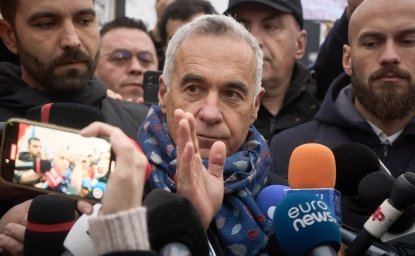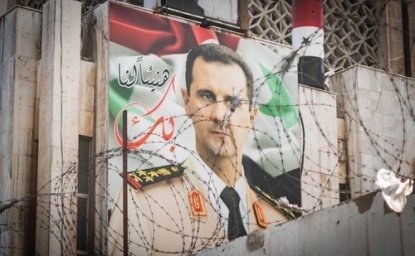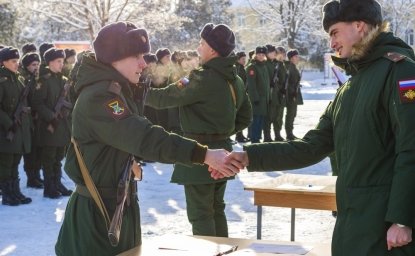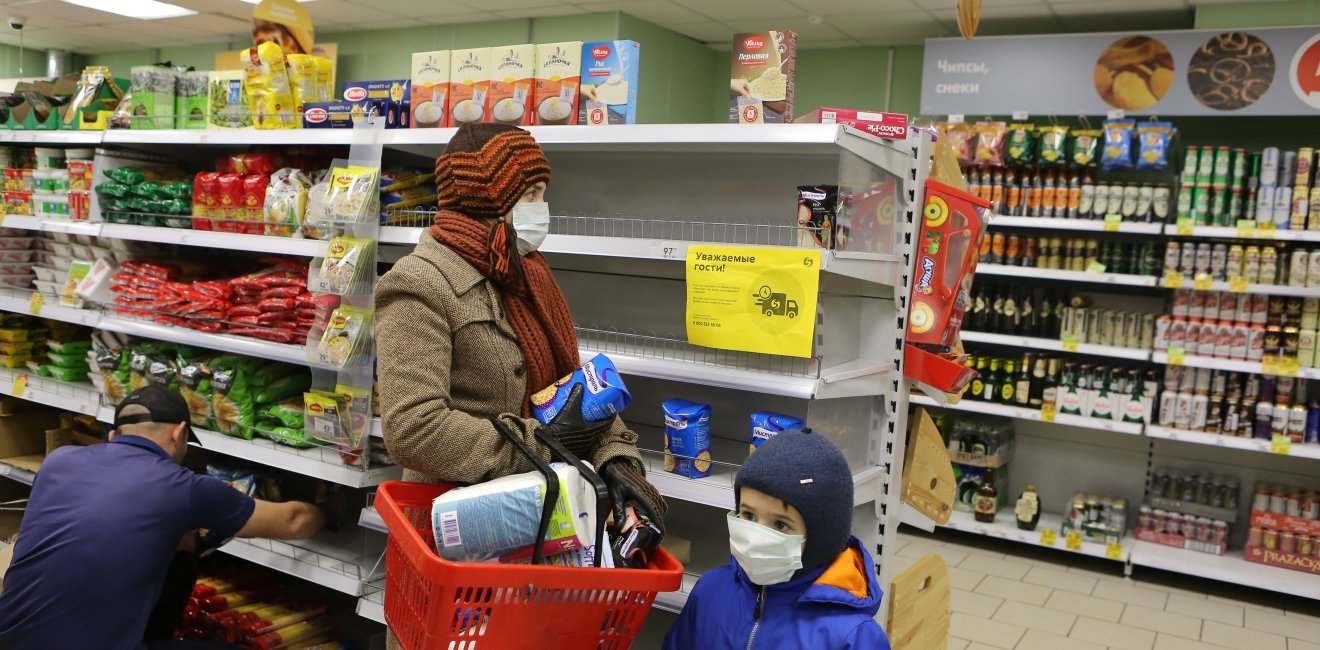
A blog of the Kennan Institute
The mayors of Washington, D.C., and Moscow, Russia, enacted their citywide coronavirus stay-at-home orders almost simultaneously. Moscow mayor Sergey Sobyanin signed his stay-at-home amendments to his coronavirus response order the night of March 29. The next day, D.C. mayor Muriel Bowser ordered D.C. residents to stay at home effective April 1.
As a Russian legal scholar and a Moscow native currently in residence at the Kennan Institute in Washington, D.C., I could not help comparing the two orders. While authorities in many areas of the world are now addressing the coronavirus pandemic through broadly similar measures, including lockdowns, it is important not to overlook crucial variations in process and substance.
To provide some context: as of April 2, there have been 657 COVID-19 cases in Washington, D.C., ranking it 34th among U.S. states and territories. However, from a per capita perspective, D.C. shares 6th place in the United States, with 93 cases per 100,000. In Moscow, as of April 2, there have been 2,475 cases, which means about 20 cases per 100,000. So, Moscow currently has about four and a half times fewer cases than D.C., but, given the later onset of the outbreak in Moscow, this gap is now quickly narrowing.
What follows is a brief comparison of the most important distinctions between Washington’s and Moscow’s stay-at-home orders.
1. Legal authority. The D.C. order is enacted as part of an emergency declared in D.C. on March 11. The District of Columbia Public Emergency Act of 1980 explicitly provides for the authority of the mayor to introduce certain restrictions of rights and freedoms, such as closures of businesses and curfews.
The Moscow order rests on no authority. This has already drawn sharp criticism from Russian legal experts and human rights defenders. The order refers to the “high alert regime” provided by federal law. As of now, however, that law merely establishes a framework for government response and does not allow for any restrictions on rights and freedoms. There is currently no declared state of emergency in Moscow or, for that matter, in any other region of Russia. Also, the Moscow mayor has no power to declare one.
2. Policies’ Duration. The D.C. order will remain in effect through April 24. The time limit is there because the 1980 act limits the duration of emergency powers. The mayor’s emergency order is effective for up to 30 days, and may be extended for an additional 30 days but only with the consent of the D.C. Council.
The Moscow order has no time limit for the citywide lockdown. This is an issue that goes back to point 1 above: since there is no official state of emergency regime in place, the bureaucracy is free of any restraints accompanying that regime. Under the Moscow order, the lockdown may last indefinitely.
3. Allowable recreational activities. The D.C. order allows residents to leave their homes for certain outdoor activities, including walking, hiking, running, dog-walking, biking, rollerblading, scootering, and the like. One may go out only with one’s household members and must comply with social distancing requirements vis-à-vis everyone else.
The Moscow order only mentions dog-walking within 100 meters of one’s home. In a subsequent FAQ published on its website, the mayor’s office explicitly outlawed jogging. The rationale for Moscow’s complete outdoor activity ban remains unclear, insofar as the purpose of a lockdown is to reinforce social distancing, not to put people under house arrest.
4. Other exemptions. The D.C. order contains a highly detailed list of exemptions. For example, it authorizes health care visits, lists all eligible types of health care facilities, and provides that the health care exemption shall be construed broadly to avoid any impacts to the delivery of health care. Veterinary care is expressly exempt, too. Another important exception is caring for a family member or pet in another household.
The Moscow order lacks these important exemptions and clarifications. The stay-at-home clause is so brief that it looks as if the Moscow authorities tried to make the lockdown as complete as possible and to close all possible loopholes instead of striking a balance between public health needs and personal freedoms. As the final remnant of the latter, though, the residents of Moscow are expressly allowed to go outside to dispose of trash.
5. Penalties and enforcement. The D.C. order provides for penalties of up to $5,000 and/or imprisonment of up to 90 days upon conviction. This looks quite disproportionate to me. However, this is not the point here. Washington, D.C., has already been deserted for the past couple of weeks as most people telework. During the most recent press conference, D.C. mayor assured residents that “there [would be] no real difference” for them after the stay-at-home order goes into effect and that enforcement would be very limited. Lockdown violations, if any, will most likely remain isolated.
The Moscow order does not mention any specific penalties. It merely refers to the Moscow city government’s future enforcement policies. The mayor’s office had been threatening Muscovites with fines before those were actually codified into law. Moreover, the extent of noncompliance is so far unknown, and only practice will determine the degree of appropriate enforcement effort. Instead, despite the lack of any demonstrated necessity, the Moscow authorities are busy finalizing an unprecedented system of mass surveillance, including face recognition by 170 thousand CCTV cameras in public areas and access to cell phone geolocation and credit card data. This new system will create an enormous potential for government abuse in the years to come, long after the coronavirus is over.
The opinions expressed in this article are those solely of the author and do not reflect the views of the Kennan Institute.
Author

Senior Lawyer, Memorial

Kennan Institute
The Kennan Institute is the premier US center for advanced research on Eurasia and the oldest and largest regional program at the Woodrow Wilson International Center for Scholars. The Kennan Institute is committed to improving American understanding of Russia, Ukraine, Central Asia, the South Caucasus, and the surrounding region though research and exchange. Read more

Explore More in The Russia File
Browse The Russia File
In Search of Russia’s Digital Trace in Romania’s Political Crisis

With Syria’s Collapse Russia’s Regional Power Play Disintegrates

Putin's Strategy Tests Europe's Defense Limits

